In December, the Organization of Petroleum Exporting Countries (OPEC) produced an average of 28.05 million barrels per day (mbpd), sticking to production restraints established earlier in the year. Similarly, decreased production by the UAE and Angola were offset by other countries such as Nigeria.
Production is anticipated to fall further this month as the OPEC+ coalition begins fresh cuts of approximately 900,000 bpd in an effort to avoid a new surplus and preserve sinking crude prices. Oil prices have fallen approximately 20% since approaching $100 per barrel four months ago, owing to increased supplies from the United States and OPEC’s other rivals.
The additional crude may be too much for global fuel demand, which is expected to rise. The UAE decreased the most supply last month, dropping 70,000 bpd to 3.08 mbpd. Even yet, the country’s output was more than its allotment for December, as well as higher than a new, higher target that goes into effect this month.
Angola’s output fell by 40,000 barrels per day to 1.1 million barrels per day in the country’s penultimate month as an OPEC member. Luanda declared late last month that it would leave the organization on January 1, terminating a 16-year membership over a protracted battle over its output quota.
Angola had refused to accept a lower limit imposed by OPEC leaders, yet its output in December, despite being ravaged by years of underinvestment, was in line with the amount it had rejected. These two members’ supply decreases were offset by gains elsewhere. Nigeria increased supplies by 50,000 bpd in December to 1.49 MMbpd, in accordance with a revised limit that it successfully negotiated for this year.
Crude traders are skeptical that the 22-nation OPEC+ alliance will completely implement the new supply limitations that go into force this month, because many members have already lost as much production — and accompanying revenue — as they can.
According to the International Energy Agency, the pledged reduction will translate into an actual reduction of around 500,000 bpd. Iraq, which has a shaky track record on implementation and urgent financial needs for export cash, would need to drop production by 290,000 bpd to fulfill its January target.
On February 1, OPEC+ will convene an online monitoring meeting to examine market developments, and ministers will meet in person in early June at the group’s Vienna headquarters.
